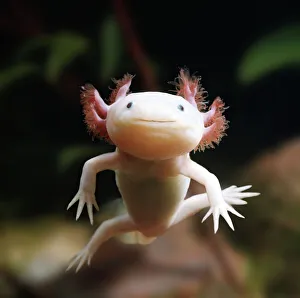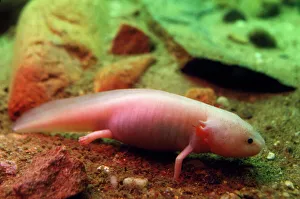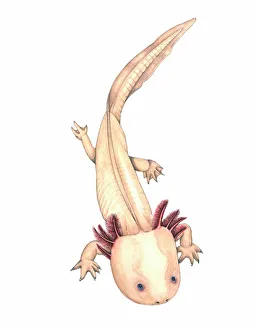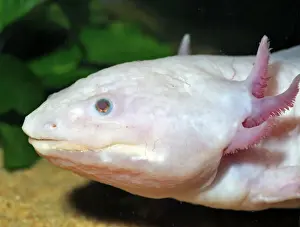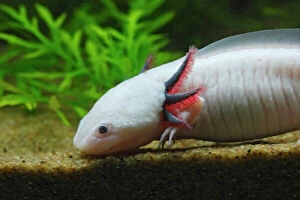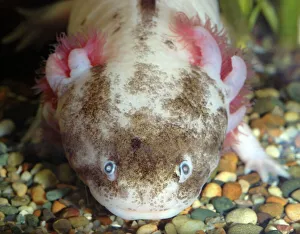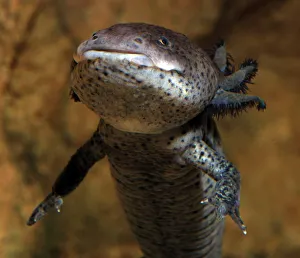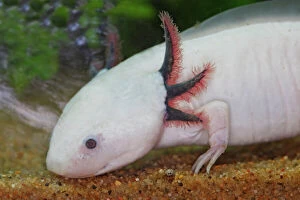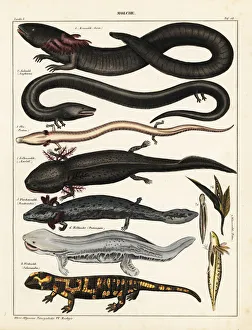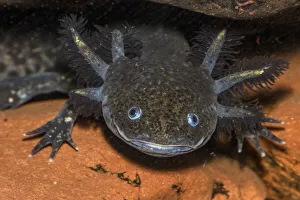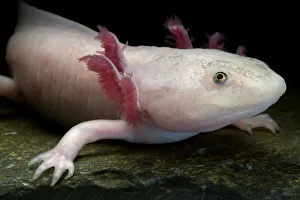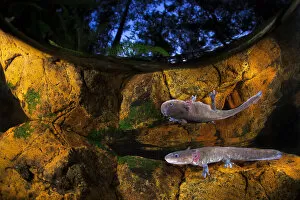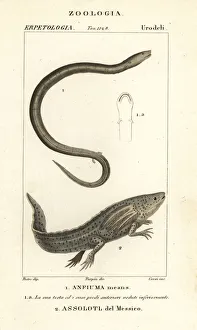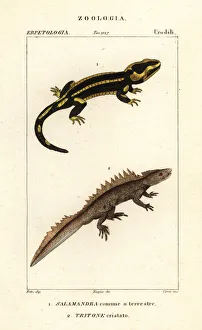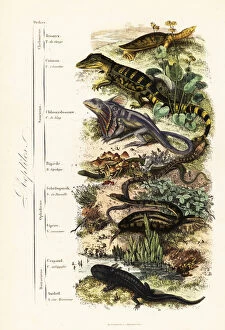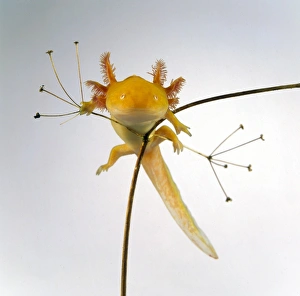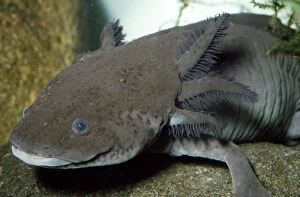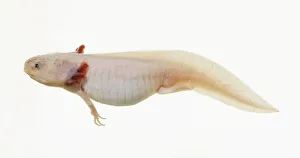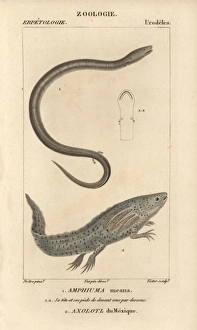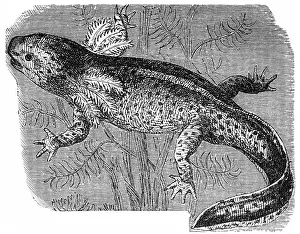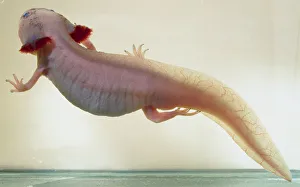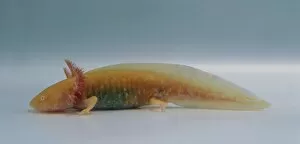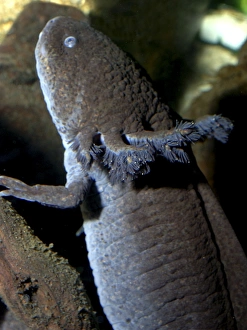Axolotl Collection
The axolotl, scientifically known as Siredon or Ambystoma mexicanum, is a captivating creature that comes in various forms
All Professionally Made to Order for Quick Shipping
The axolotl, scientifically known as Siredon or Ambystoma mexicanum, is a captivating creature that comes in various forms. One such form is the albino axolotl, a mesmerizing specimen found in captivity. Another variant is the white or leucistic form of this neotenic salamander. This particular they are be seen in picture number 10890311, showcasing its unique beauty. Originally from Mexico, the axolotl has become widely kept in aquaria around the world. It reaches sexual maturity and even breeds while still in its larval form, making it truly remarkable. One distinguishing feature of these amphibian larvae is their external gills, which are absent once they reach adulthood. If you ever visit the Vancouver Aquarium in Canada, you might have the chance to witness an axolotl firsthand. These incredible creatures have also been depicted through artwork due to their intriguing appearance and fascinating life cycle. In Central America, where they originate from, these neotenous larval forms are commonly referred to as "axoloti. " They possess external gills that set them apart from adult counterparts like sirens and salamanders.

